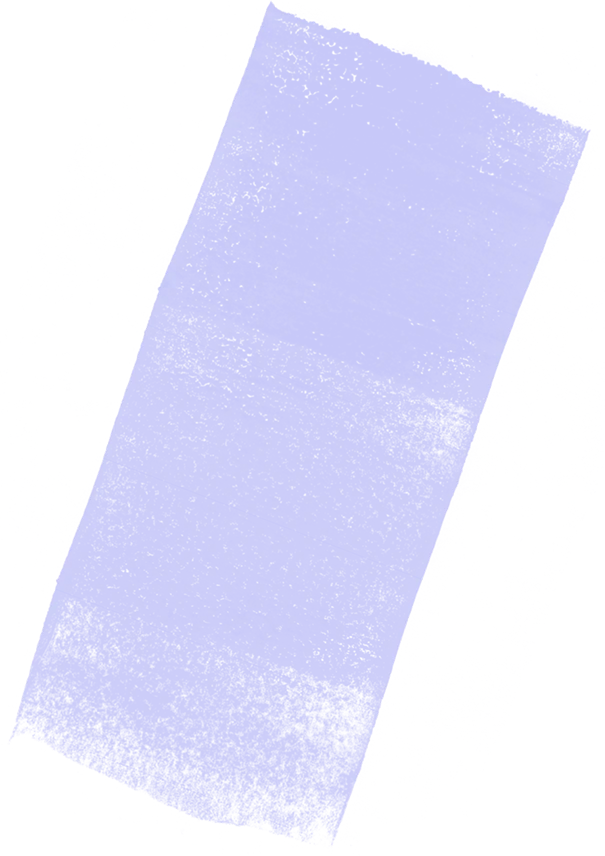Louth Parochial Carnival Programme (1950)



Dancing as a social and leisure activity has roots stretching back centuries, although the context in which it occurs is constantly changing. In the 1950s, carnivals were a key part of Irish dance culture, particularly in rural areas. An exciting event for nearby communities, they took place once a year, most often for a few weeks in the summer. The carnivals were accompanied by a programme of nightly dances, which featured in the advertisement section of local newspapers. These dances provided an opportunity for locals both young and old to meet up and have fun in each other’s company.
One example of this can be found in a copy of The Argus, Meath Herald and Leinster Journal from June 10th, 1950. On the back page, alongside cinema screenings and other advertisements, an entry announces the last week of the Louth Parochial Carnival. While the location is not mentioned, it likely took place in Blackrock, due to its popularity as a seaside destination. Listed below the heading is the schedule for the week, with details for each night’s entertainment act.
All but one of these is a dance band, revealing just how central dance was to these annual events. Unlike the others, the Monday night features a comedic performance by the Ardee Players, who were presenting Lennox Robinson’s The White-Headed Boy. The entrance prices differ depending on the act playing, with the more popular groups accompanied by higher fees. While Dixon’s Premier Dance Band from Clones cost three shillings, the Dublin-based Peggy Dell’s Dance Orchestra was a steeper five shillings. This was a common feature of dance events of the period, which usually took place in local dance halls. The advertisement also notes the availability of teas, minerals (soft drinks), and ices, which ‘can be had on grounds and during dance’. Officially, alcohol was not permitted at these events. This was because of their frequent connection to church fundraising and the potential moral issues raised by mixing men, women, and drink. However, accounts taken from attendees suggest that some indulged in drinking regardless.
While this form of carnival originates from the late nineteenth century, the term itself has much older origins, referring to the period of indulgence before Lent. Carnivals as temporary local events became more popular starting in the 1920s, although they generally lasted only one day. These were often organised by local groups as a way to raise money for community projects. Alongside dancing, a carnival might have included activities such as athletic competitions, games, and rides. A marquee was set up for indoor events like dancing, sometimes near the local dance hall.
By the 1940s, newspapers were advertising carnivals that lasted for a week at the shortest. It was in this decade that carnivals began to reach their heyday, especially as dance events. As infrequent events, these dances tended to attract great crowds. Because cars were not as commonly owned in this period, dancers often cycled there, sometimes for miles. The carnivals of the 1940s and 1950s featured modern varieties of dance such as foxtrots and quicksteps, although a few traditional jigs and reels were usually included.
However, the popularity of these events declined as the 1960s approached. Ballrooms emerged as the fashionable new venue for dancing, where showbands played the latest music from England and the United States. Yet carnivals and funfairs remain a part of local life across Ireland. While their emphasis on dancing has been largely forgotten in favour of other amusements like rides, these modern events represent one form of a longer tradition of seasonal festivity.
#OpentheArchives posts